It’s a fitting time to be viewing Tish Murtha’s photos of youth unemployment in Newcastle, the very week that Ken Loach’s searing I, Daniel Blake stormed the BAFTAs. Set in the same North East city as Murtha’s most famous images — she was born just down the River Tyne in nearby South Shields — the film tells the story of a man broken by the failings of the UK welfare system. He’s fictional, of course, but then again he isn’t, really. There are thousands of Daniel Blakes — strangled by red tape, fallen through the cracks of society — facing the exact same reality that Murtha documented over thirty years before.
Murtha’s greatest work was created under the rule of Margaret Thatcher. A prime minster who from 1979 to 1990 taught us there was “no such thing as society,” her government’s treatment of the working classes — and in particular its apparently future-less adolescents — rightly angered the young photographer. On Murtha’s return to Newcastle following a time at the University of Wales at the end of the 1970s, Murtha set about documenting the societal problems she saw — a work that culminated in the Youth Unemployment in the West End of Newcastle photo series.

“My mom genuinely cared about the people she documented,” says Tish’s daughter, Ella Murtha, who is today working on a book of the images, taken when her late mother was in her mid-twenties. “They were her family, friends, and neighbors. She wanted to try and help in the only way she could — with her camera.”
What Murtha captured is the very real cost of Thatcher’s most infamous words. A group of forgotten children play amongst the rubble. Another jump from a broken window onto a pile of mattresses. Everything lies wherever it was left a hundred years ago — a desperate document of a community transformed, as writer John Savage once put it, “from the collectivity of the postwar welfare state to the individual materialism of the 1980s and beyond.”
“I find my mom’s images filled with tragedy but also joy,” describes Ella. “I see a celebration of a wonderful community who, although they had nothing, had each other and their imaginations. Everyone was in the same boat and they pulled together to make the best despite the bleak situation and surroundings.”
“My mom’s work has unfortunately become a timely warning again,” she continues. “She had an incredible eye, and was a great visual storyteller, she cared very deeply about the people she documented and their situation. But her words and images still resonate today. Here we still stand! Just as relevant and true today as it was almost 40 years ago.”

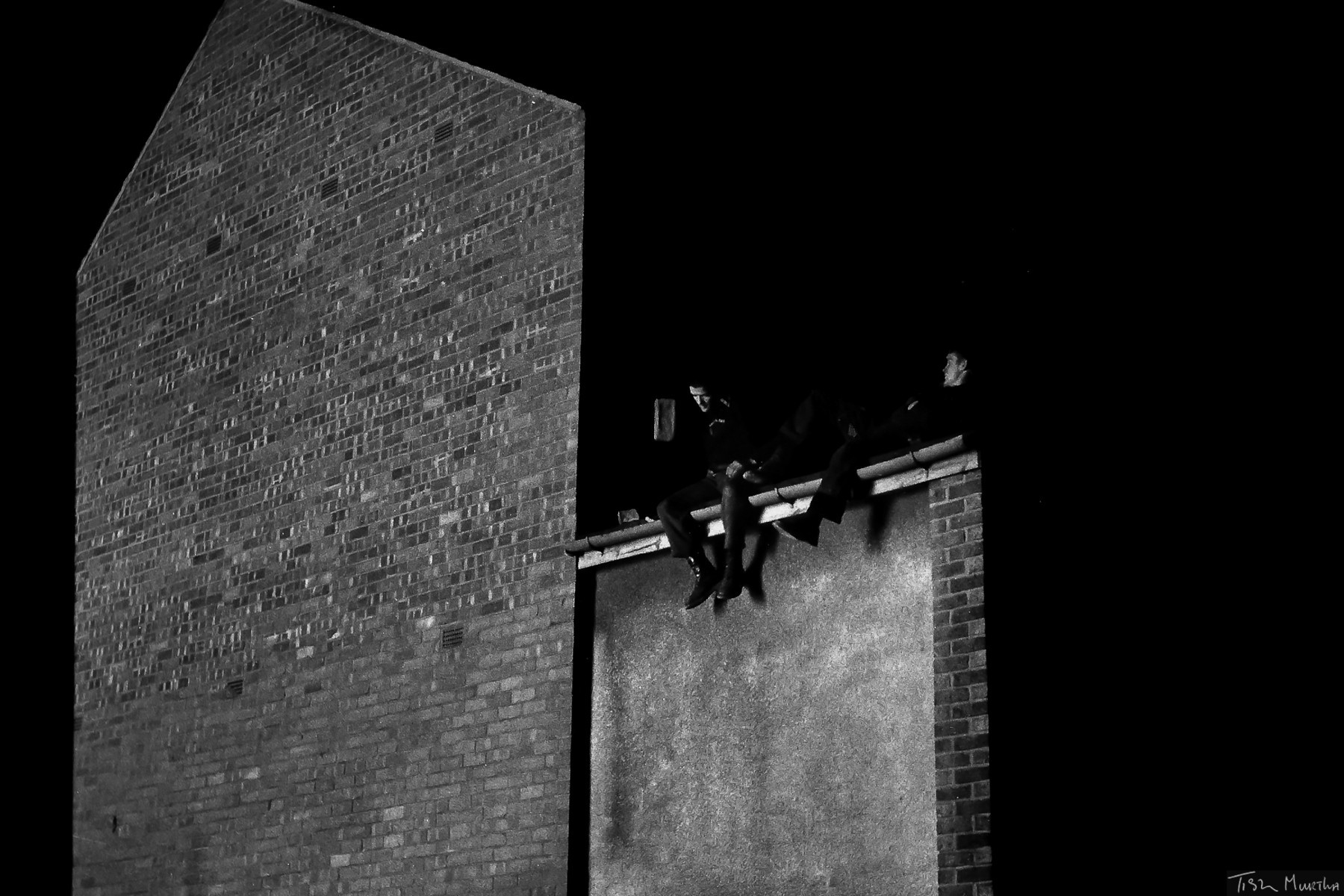
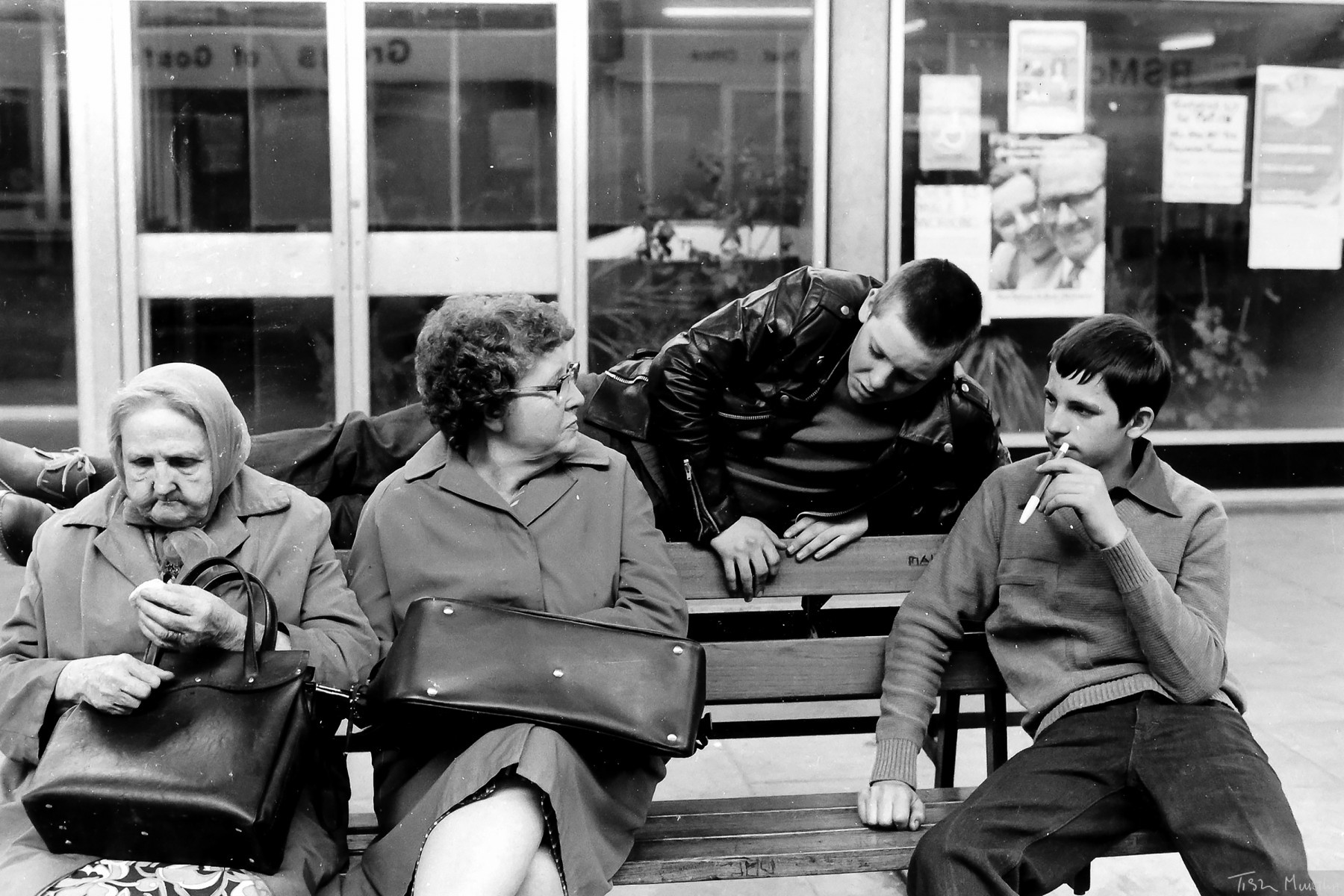
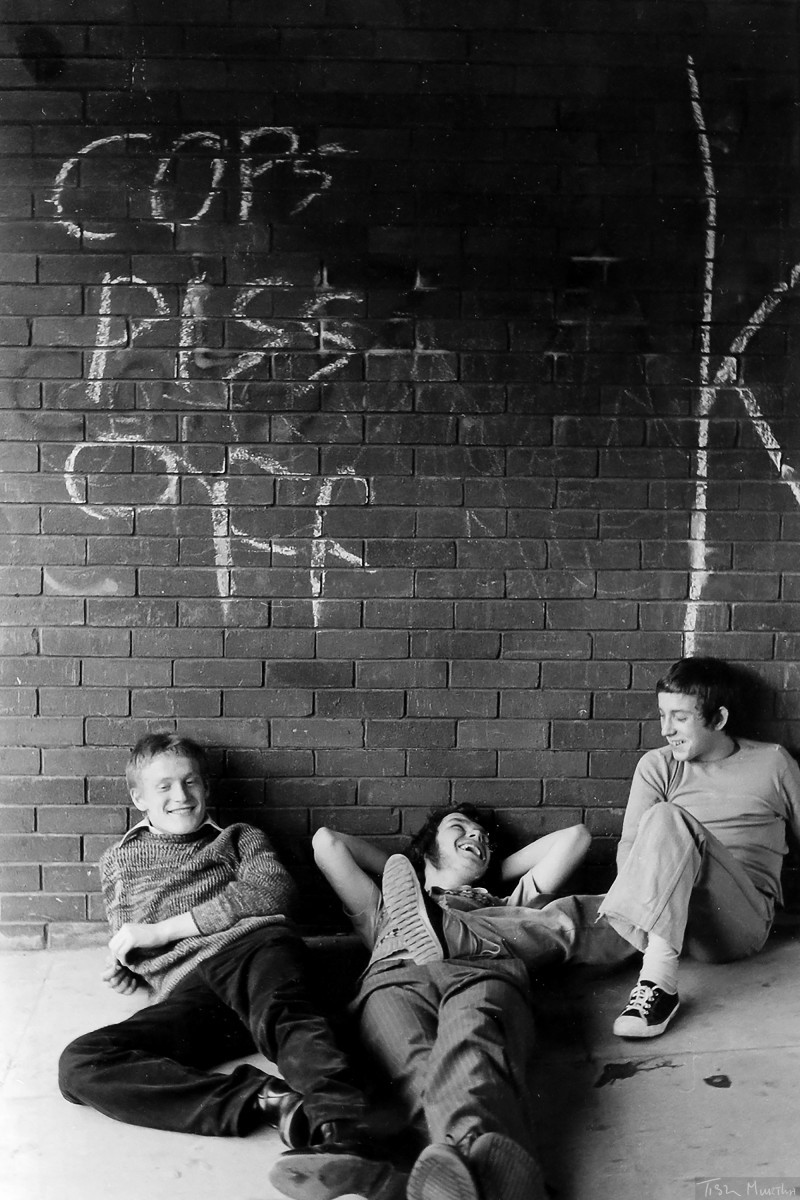
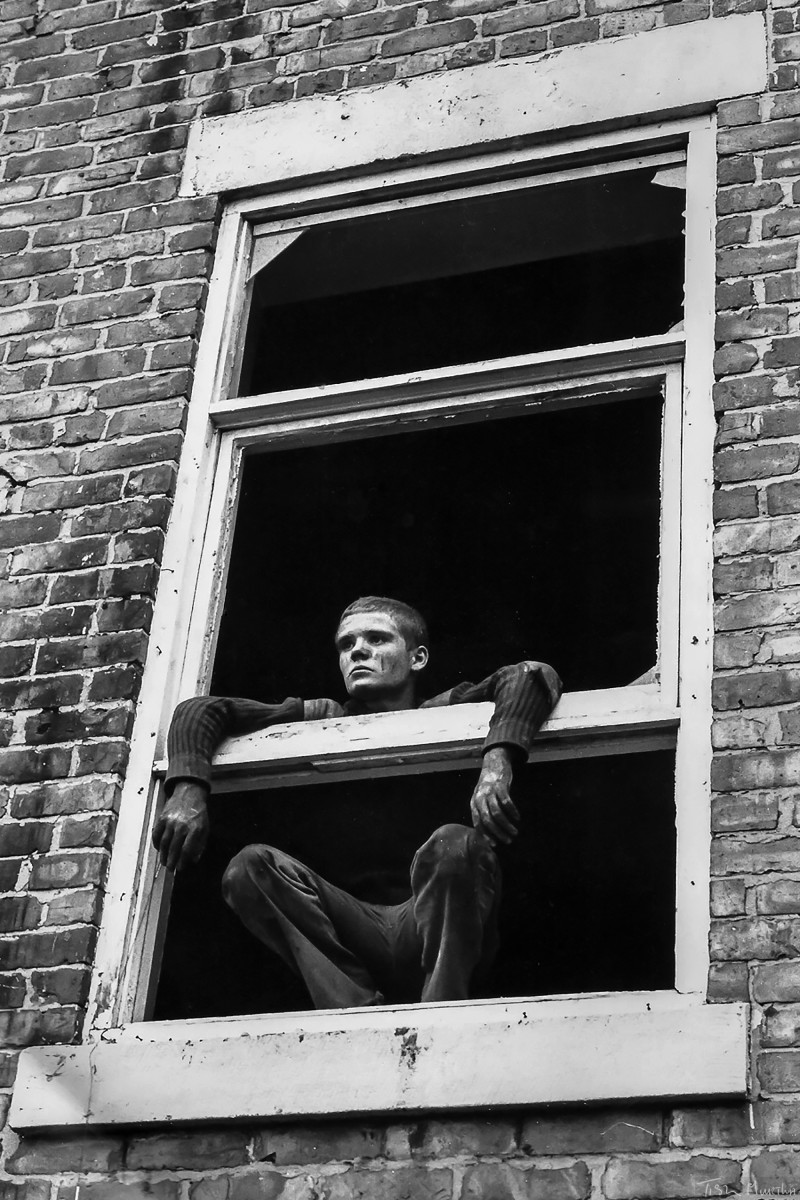
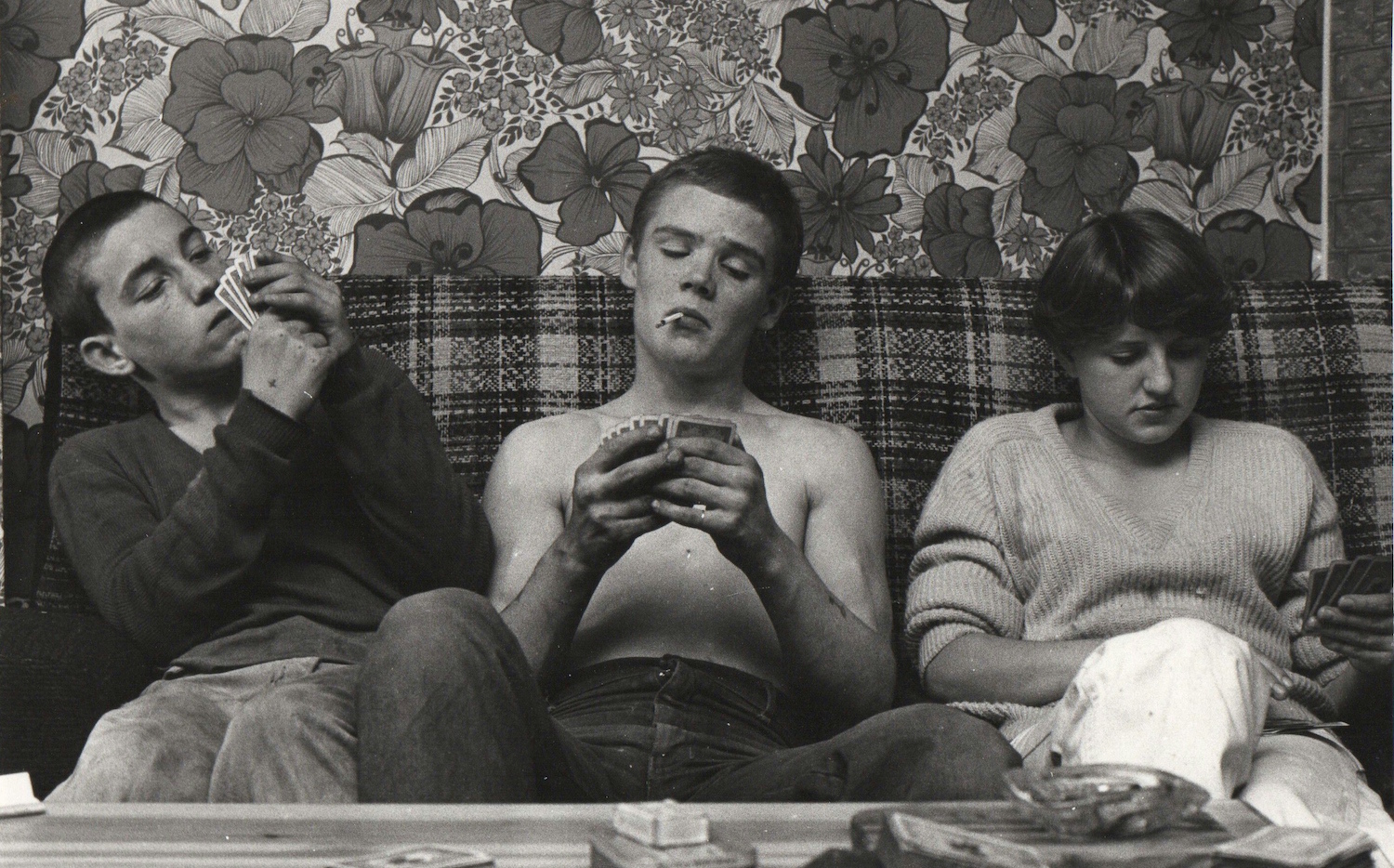
Credits
Text Matthew Whitehouse
